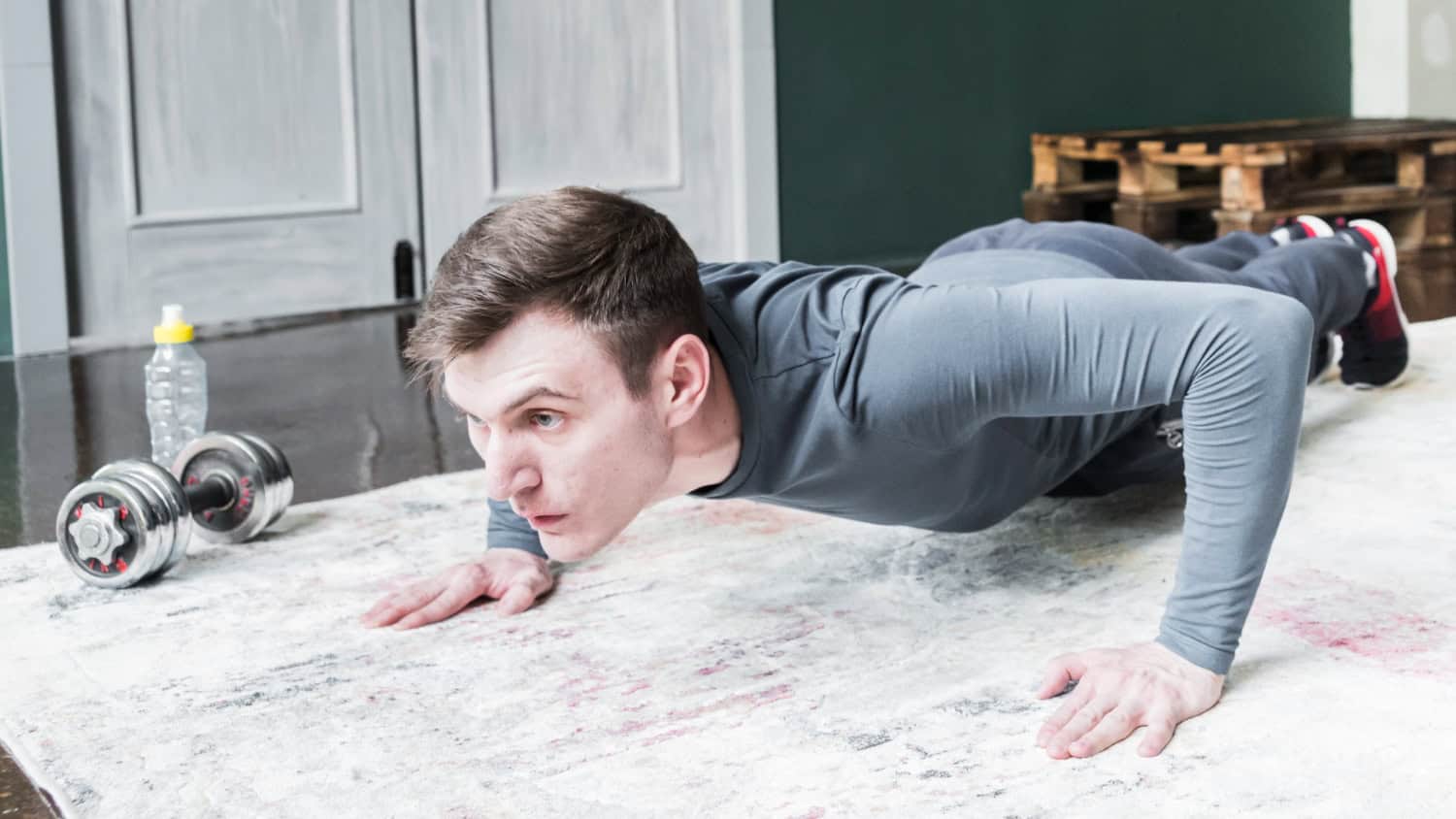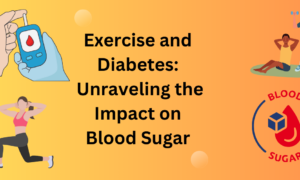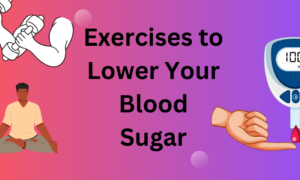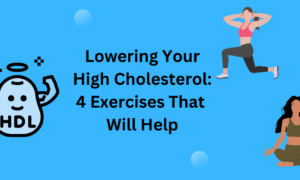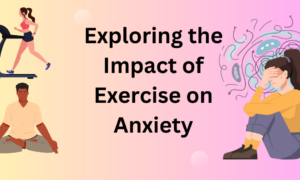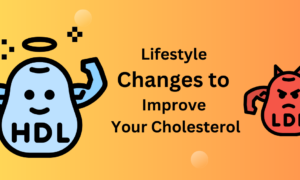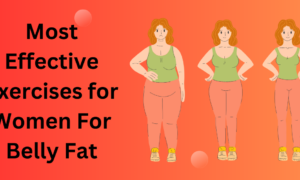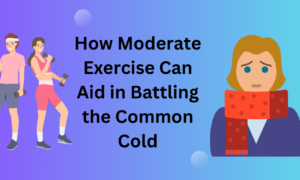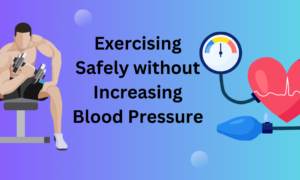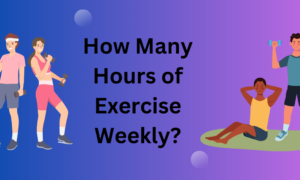For years, high-intensity training dominated fitness culture. From boot camps to CrossFit, pushing harder and sweating more became synonymous with results. But as the fitness community matures and health becomes a long-term pursuit rather than a short-term goal, low-impact workouts is stepping into the spotlight. It is no longer just an alternative for those recovering from injury or older adults. Instead, it is being recognized for its wide-ranging benefits in promoting sustainable workouts, enhancing recovery, and supporting healthy aging.
This shift represents more than just a change in workout style. It reflects a deeper rethinking of what it means to be truly healthy. Today’s active individuals want energy, mobility, and functionality that last a lifetime. That’s where low-impact fitness begins to shine.
The Downsides of Constant High-Intensity Training
Before we get into low-impact workouts, let’s talk about why many people are rethinking high-intensity training. While high-intensity is great for building strength and burning calories, it can lead to fatigue, burnout and overuse injuries.
Physical Wear and Tear
Daily or frequent high-impact workouts can stress joints, tendons and ligaments. For people who don’t have perfect form or who are new to exercise, the risk of injury multiplies. Young bodies may bounce back quickly but repetitive stress can cause long term damage.
Mental Burnout
The all or nothing culture of High-Intensity Interval Training can wear down motivation. When every workout feels like a test of willpower, exercise becomes mentally exhausting rather than invigorating. This makes it harder to be consistent.
Unsustainable Routines
Many people find they can’t realistically do intense sessions several times a week for years on end. Life events, work stress and aging bodies demand flexibility. When your fitness routine lacks that flexibility it gets abandoned.

What is a Low-Impact Workout?
Not all low-impact workouts are the same but they have some common features. The goal is to minimize stress on the joints while still building strength, mobility and cardiovascular health.
Examples of Low-Impact Fitness Modalities
Yoga, Pilates, swimming, walking, cycling, rowing and resistance band training are just a few. Even bodyweight strength circuits can qualify if they don’t include pounding movements like jumping or sprinting.
Movement with Control
Low-impact workouts focus on controlled movement. This control not only reduces stress on the joints but also body awareness and alignment, key components of sustainable workouts.
Recovery Oriented Design
These routines often include stretching, mobility work and slower tempo exercises that facilitate active recovery. That makes it easier to fit into daily life without leaving you drained.
Benefits of Low-Impact Fitness for Long-Term Health
One of the strongest cases for low-impact workouts is their alignment with long-term health and functionality. While high-intensity training is about maximum effort in short bursts, low-impact exercise supports consistency, balance, and healthy aging.
Enhanced Joint Longevity
People with arthritis, chronic pain, or joint sensitivity often find that low-impact routines allow them to stay active without flare-ups. Long-term joint health is critical for mobility and independence in later life.
Improved Cardiovascular Health
Low-impact does not mean low-intensity. Brisk walking, cycling, and swimming all elevate heart rate and improve endurance without stressing the body. Over time, this supports heart health just as well as more aggressive forms of exercise.
Better Hormonal Balance
Lower-intensity movement helps regulate cortisol, the body’s primary stress hormone. Constant high-intensity activity can keep cortisol levels elevated, which disrupts sleep, digestion, and mental clarity.
Why Low-Impact Is More Inclusive
A major appeal of low-impact fitness is that it welcomes people of all ages, sizes, and experience levels. It breaks down the intimidation barrier that often comes with traditional gym workouts.
Accessible to All
From young professionals managing long workdays to seniors focused on healthy aging, everyone can find a way to participate. Movements can be scaled up or down without risking form or safety.
Promotes a Non-Competitive Environment
Unlike performance-focused classes or sports, low-impact fitness tends to emphasize personal progress over comparison. This builds a more encouraging and self-compassionate environment.
Supports Mental Wellness
Gentle movement combined with breath control, as in yoga or tai chi, promotes relaxation and mindfulness. These effects can reduce anxiety, improve focus, and enhance overall quality of life.
Adapting Fitness Culture to Prioritize Sustainability
Fitness has always been about metrics: reps, weights, miles, calories. But more and more people are choosing routines based on how they feel afterwards, not just what they did during.
Listen to Your Body
In the age of sustainable fitness, we’re told to ask how our body feels today, not stick to a plan. This prevents injury and long term commitment to wellness.
Recovery is Key
Rest days and active recovery are finally being recognized as essential, not optional. Low impact routines make it easier to stay active even on recovery days, without setback.
Shifting Goals
Instead of chasing a specific weight or body, people are prioritizing goals like energy, balance, mobility and longevity. These are better served by consistent low impact movement than sporadic bursts of intensity.
Combining Low Impact with Other Fitness Styles
Just because you’re prioritizing low impact doesn’t mean you have to give up strength or intensity altogether. Smart programming can combine both.
Periodized Training
This means alternating between low and high intensity. You might do strength training one month and then yoga and core the next. This prevents burnout and overtraining.
Cross Training for Balance
Adding a weekly swim to your resistance training or swapping one cardio session with a long walk can make a big difference. Cross training makes a more resilient, injury proof body.
Adapting to Life Stages
In your 20s and 30s you might mix in sprints and weights. In your 40s and beyond you may focus more on mobility, balance and strength through functional movement. The beauty of low impact fitness is its flexibility across life stages.
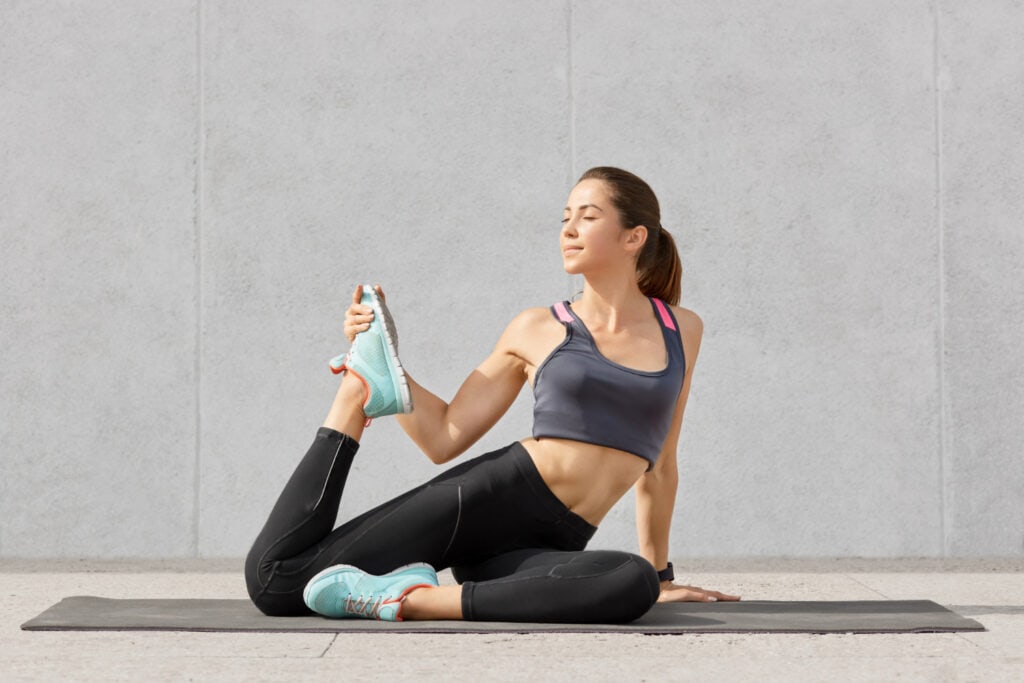
Making Low-Impact Fitness a Lifestyle
To make lasting health improvements, low-impact routines should not be seen as a temporary alternative but rather as a viable, long-term strategy.
Consistency Over Perfection
Missing a day is less important than showing up regularly. Walking three times a week for years will do more for your health than an intense 30-day fitness challenge.
Creating Enjoyable Routines
Enjoyment is often the missing factor in many fitness plans. Choose activities you look forward to and that fit naturally into your schedule. The less it feels like a chore, the more likely you are to stick with it.
Building Community
Low-impact does not have to mean solitary. Join a walking group, take a group Pilates class, or meet up with friends for hikes. Social engagement adds accountability and joy to your routine.
Conclusion
Low-impact workouts are not just a trend. They represent a profound shift in how we think about movement, health, and longevity. By focusing on consistency, enjoyment, and holistic well-being, low-impact fitness is becoming the cornerstone of sustainable workouts and a foundation for healthy aging. As more people prioritize their long-term well-being over short-term gains, it is clear that gentle yet effective movement is the future of fitness.

